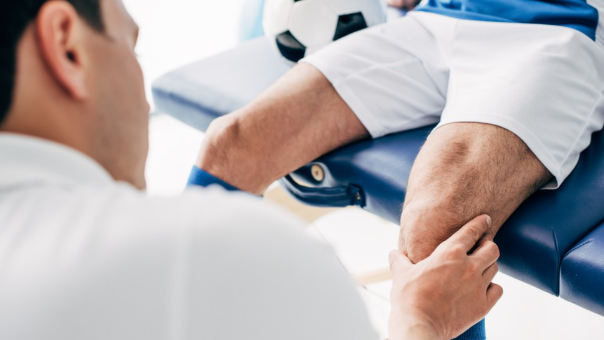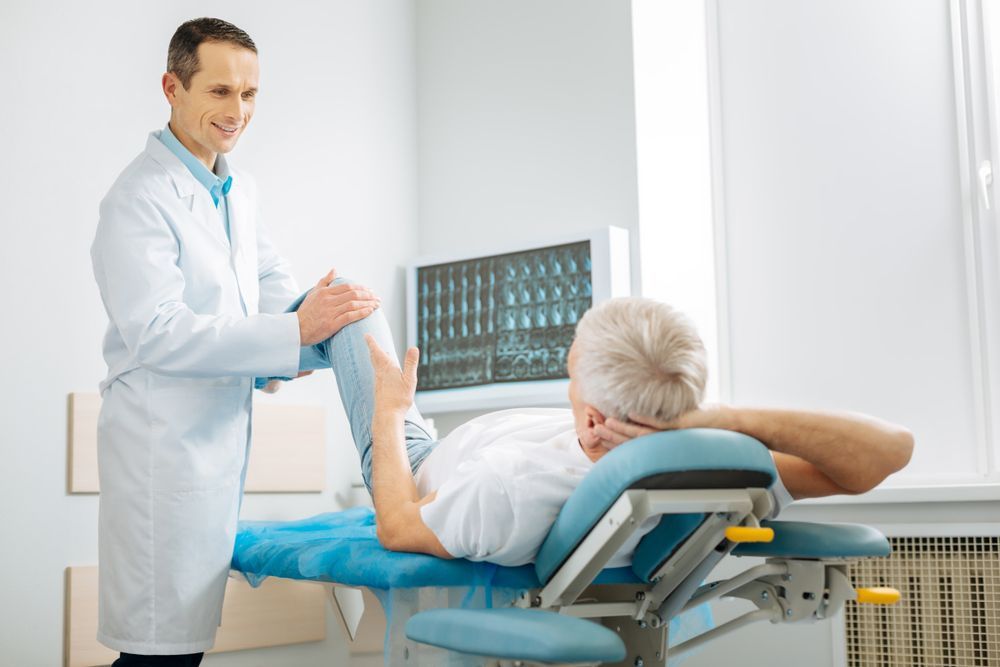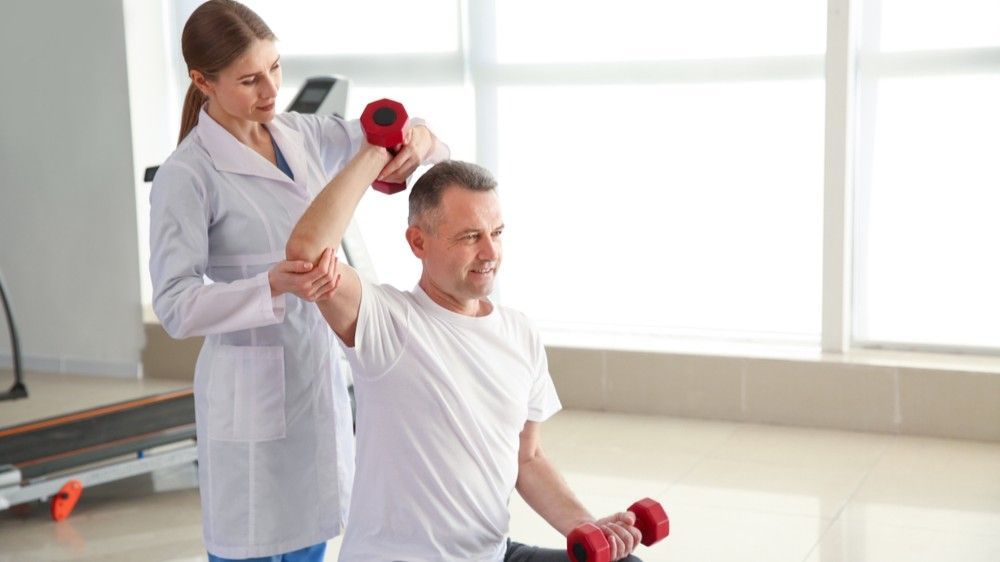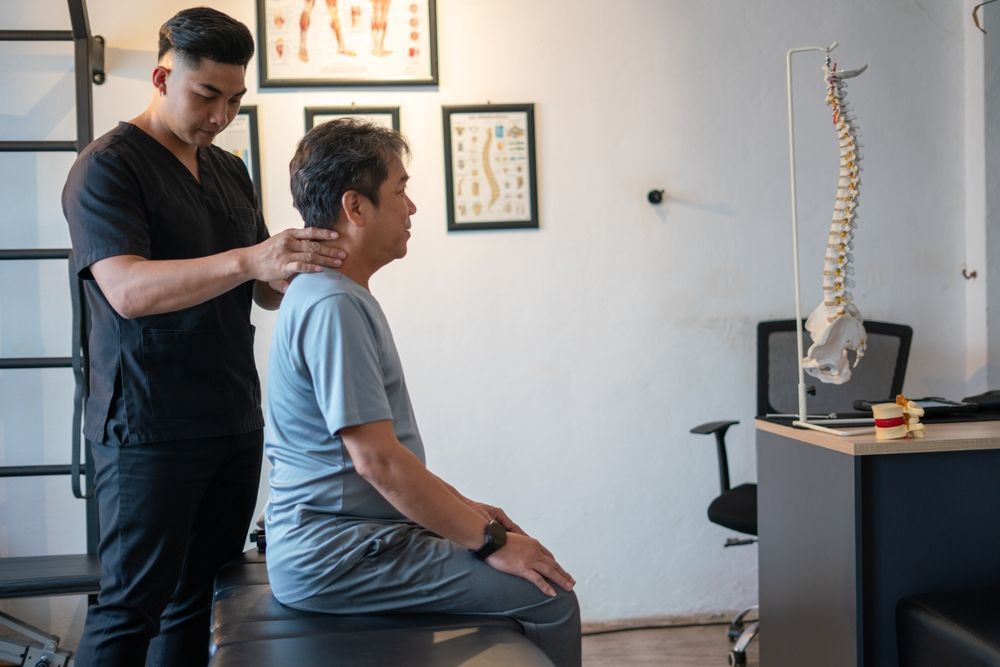Simple Warm-Up for Runners
The Importance of Warm-up for Runners: Injury Prevention and Performance Enhancement
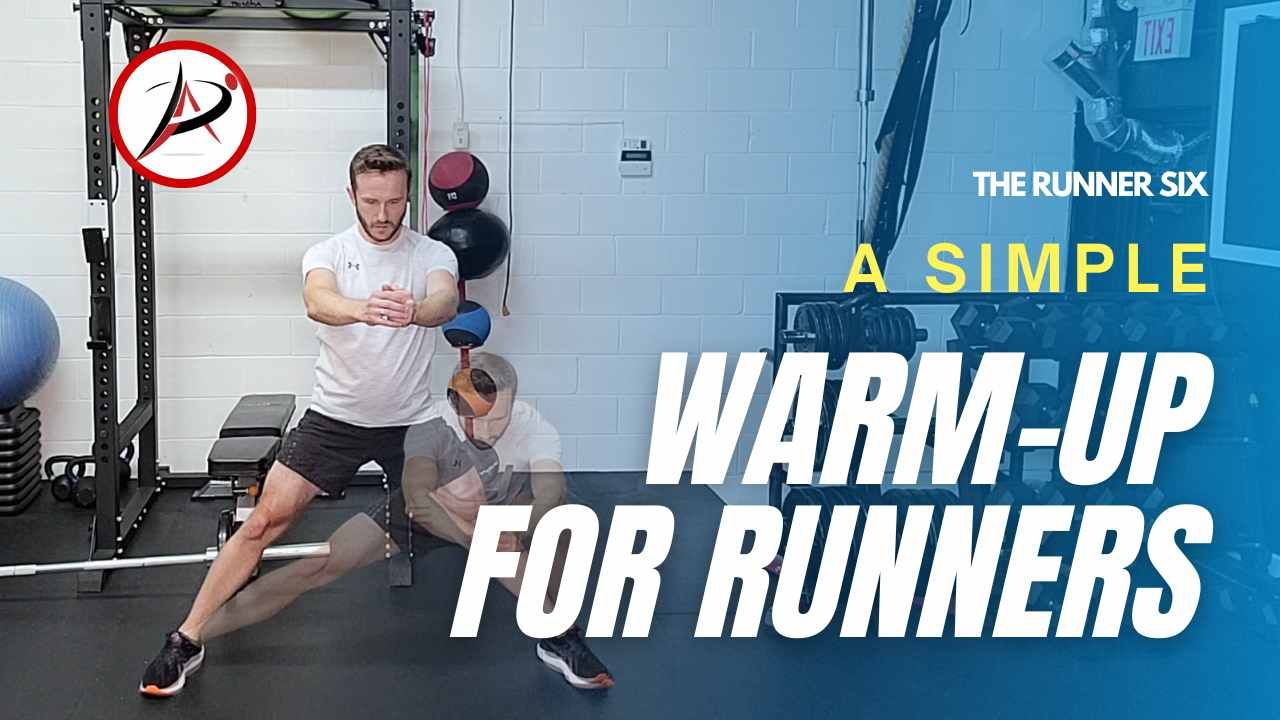
Warming up is critical to protecting the body, and yet, convincing runners to regularly perform even a simple warm-up for runners is a challenging task. In my 12+ years of clinical practice, I have learned that runners are a special demographic of athletes with behaviours largely driven by one principle: Runners just want to run!
As a runner myself, I understand this principle; the beauty of running is its apparent simplicity. You just put on your shoes and go…
However, the healthcare provider in me strongly disagrees.
Warm-ups are critical to injury prevention
The sport-specific research proves that for some sports, warm-ups are a crucial injury prevention strategy. Your body, including your nerves, muscles, tendons and joints, favourably responds to purposeful movements designed to prepare you for an activity. Running is one of the activities that requires you, as an athlete, to prepare your body for the sport.

Warm-up to prevent running-related injuries
Every runner I have ever met wants to enjoy each kilometre they run to the fullest. That means improving as a runner (running faster and/or for a longer distance). It also means avoiding injury.
The fact, however, is that of all the common endurance activities, runners have the highest injury rates. Studies show that as much as 80% (or more) of runners will sustain an injury. Research also indicates that new runners and runners with a history of injury are also more likely to get injured. An injury is also the most common reason why new runners stop running!
Here’s why running is tough on the body
Depending on your body, your running speed, your running style and the surface you run on, loads equaling up to five times your bodyweight are repetitively imposed on each leg while running. If you were running at a pace of 150 steps/min, imagine the amount of stress you are imposing on each leg every single minute!
Luckily our bodies are designed to have mechanisms in place that help mitigate these loads. Our muscles and their tendons protect us, while simultaneously allowing us to propel our body forward.
When we run, through careful coordination between our nervous system and our muscles, we precontract certain muscles just before impacting the ground. This pre-programmed muscle tension absorbs a great deal of the impact forced on our body.
Thick and powerful muscle tendons stretch to absorb much of this energy, and like a spring, the tendons subsequently recoil to return this energy back out to move us. Simultaneously, large muscles around our hips powerfully contract to move our body forward. A runner-specific warm up essentially primes the above functions.
Use a dynamic runner-specific warm-up
Exercises used for warm-ups have changed drastically over time. For example, static stretching has long been used as a warm-up strategy, however, stretching does not seem to have many favourable effects on injury prevention in runners and certainly does not provide the same benefits as a dynamic warm-up.
Unfortunately, the data to support the use of a dynamic, runner-specific warm-up in injury prevention is scarce, although in other sports, a dynamic warm-up has been shown to reduce overall injury rates by one-third and severe injuries by 50%.

Warm-up to improve running performance
It is possible that a dynamic runner-specific warm-up can improve running efficiency and therefore performance. Research has shown that a warm-up consisting of five dynamic exercises can enhance sprint performance. Other studies have demonstrated a dynamic runner-specific warm-up can improve running economy in recreational runners.
It makes sense that sport-specific movements designed to prime our joints, muscles and nervous system would have beneficial effects on a runner’s performance. That’s because our body is organic, and the tissues contained within it change as their temperature increases and blood infuses within them. The likely consequence is a temporarily enhanced neuromuscular connection, aiding in absorbing forces and thrusting the runner forward. In addition, a warm muscle and tendon may enhance efficiency and improve performance.
Warm-up to feel better when you run
Injury prevention and improving performance are important reasons for runners to use a dynamic warm-up, but there is one other important benefit. Runners who implement a consistent warm-up routine feel better during the run—from beginning to end.
Do you feel “creaky” at the beginning of your run? Do you feel like your joints and muscles “seize up” throughout your run? These are common complaints that I hear all the time in my clinical practice.
The fact is that taking a few minutes to prepare your body for running can make your run much more pleasant. Also, research shows that a proper warm-up can decrease the perception of effort during your run.
This fact alone should be more than enough reason to implement even a simple dynamic warm-up for runners.
So, now that you are aware of the benefits of a dynamic warm-up for runners, let’s dig in and explore what it looks like.

What should a dynamic warm-up look like?
Stretching is not the same as doing a warm-up. Gone are the days when athletes stand around in a circle and chat as they passively stretch various parts of their bodies for minutes. Being limber has its virtues. However, it is debatable whether performing flexibility exercises before running has any beneficial effects. In fact, some research suggests it may harm performance). What is interesting, is that research shows that the negative consequences of stretching before sport may be offset by performing a proper active warm-up following a bout of stretching.
Just keep in mind, a true dynamic warm-up for runners is less about flexibility and more about preparation.
A dynamic warm-up for runners should actively mobilize the hips, knees, ankles, and torso, improve blood flow, and help “wake up” the leg (i.e.: calves), thigh (i.e.: quad, hamstring), and hip (i.e.: glut) muscles.
The RUNNER SIX dynamic warm-up routine
A dynamic warm-up routine for runners can be simple and quick. Just follow my keys to success!
The video below is a routine I put together years ago for my runners. It is simple, and easy to commit to memory. As such, I have received lots of positive feedback about this dynamic warm-up routine.
I call this routine the “Runner Six”, because it consists of six exercises that should be performed for six repetitions, AND, if committed to memory, the whole routine from beginning to end should take NO MORE than six minutes!
Check it out!
Challenge yourself to be a better runner
To reap the benefits of this (or any) warm-up, there are rules you should consider playing by. There are two keys to success when implementing this routine successfully. They are:
- Be sure to perform the warm-up within a couple of minutes of your run. It is a warm-up after all!
- Be consistent!
By consistent I mean, stick to it. My typical prescription is for runners to perform the “Runner Six” routine before every run for six weeks in duration. This dose is usually enough for most runners to recognize palpable benefits.
Do this for yourself, do this to continue to improve as a runner, and most of all, do this to continue to feel good during your runs! And when it works for you, remember to share this content with all the runners you care about! This quick and simple warm-up for runners will dramatically improve performance, increase enjoyment, and reduce the risk of injury!
Looking for more tips to enhance your athletic performance? Feel free to reach out!


